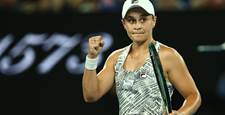Australia’s finest junior rhythmic gymnast is fighting a lack of understanding, funding and her own body to make it to the top. But as Saskia Broedelet explains, the struggle is the most exciting part.
In the early hours of the morning, while girls her age are rugged up in bed dreaming of distant careers and fleeting ambitions; Saskia Broedelet’s calloused feet are pounding the hard, blue rubber of a gymnastics mat in Brisbane’s southern suburbs.
The rhythmic gymnast spends up to seven hours a day on the punitive surface, her own hopes and dreams balancing on the precise angle of her toes, the craning of her neck or the flick of a ribbon.
The number-one ranked junior in Australia, Saskia demands near-perfection from her bruised joints and curved spine, and regularly achieves it. But in a few months, the 15-year-old will be plunged into the fiercely competitive world of senior gymnastics.
A world where the fight for threadbare funding and limited competition places turns friends into enemies, coaches into obstacles and the human body itself into a burdensome means to an end.
It’s a fight that none of her friends at school can comprehend. But Saskia can’t wait.
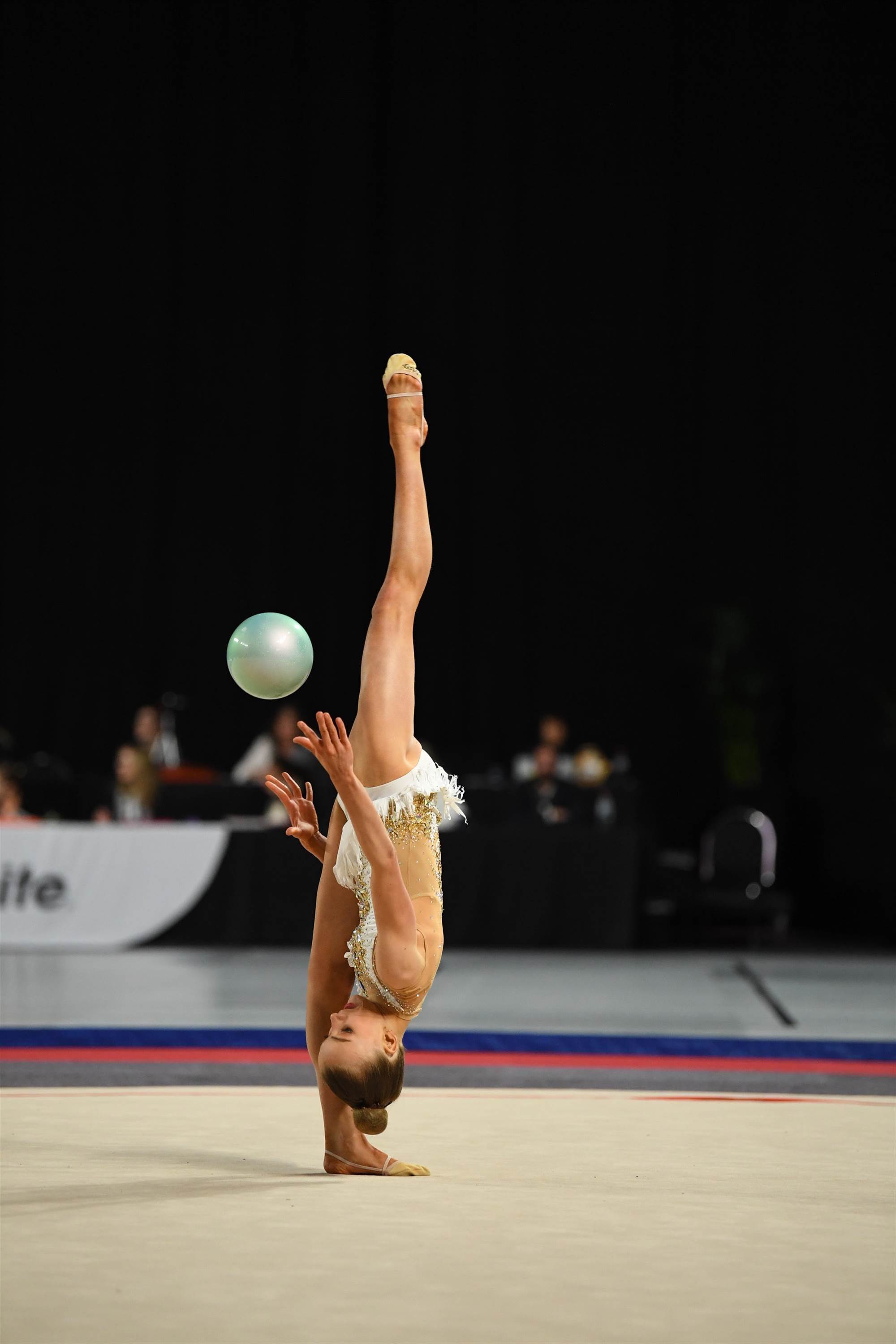
“Last year, just before I was supposed to trial for the World Championships, I dislocated my knee,” she says.
Saskia’s voice is bright and girlish, but with a serious undertone that makes you question whether you’re speaking to a teenager or an fully-grown woman; one who happens to say ‘like’ a lot.
“I had to have surgery because I had, like, meniscus damage and a part of the bone had chipped off, which they had to remove,” she continues. “Then I have scoliosis, which is just in the background of everything.
“After surgery it took me nearly three months to get back to training and I’d lost a lot of fitness, so I had to work even harder.
“It’s mentally straining – physical endurance is such a big part of gymnastics – but our mentality is so important. We have to catch everything, we can't drop or flinch.
“We can’t let it get to us.”
When Saskia marched into Moscow’s $61 million Irina Viner-Usmanova Gymnastics Palace in June, there was little evidence of the 15-year-old girl who enjoys reading on a Sunday afternoon and spending time with her non-gymnast friends.
In sharp makeup, with her blonde hair tied skin-tight behind her head, Saskia embodied the aura of a hardened professional.
She flowed around the pale white surface like an ice-skater, alternately tossing and catching a golden ball with her body contorted in near-impossible positions.
The dichotomy of gymnastics hides in plain sight beneath the mesmerising beauty of its choreography. Here, in front of a simultaneously enchanted and stupefied stadium, was a barely adolescent girl from the Brisbane suburbs, fresh from surgery that would shudder the burliest NRL prop.
Surrounding herself in a dazzling array of iridescent, swirling ribbons, she completed her routine, flashed the broad, forced smile that never left her face firmly at the judges and television cameras, then gracefully marched off stage, remembering not to exhale before she reached the exit.

“At the start I just did gymnastics after school,” she says. “But I really loved it.
“Then everyone started quitting and dropping out, but I stayed committed and it turned into this lifestyle.
“Now I do around an hour of warm-up, which involves strength and flexibility, then stretching and balance exercises. Then I’ll do routine training. I have four routines, with four apparatus and they go for a minute and 30 seconds each. I’ll do about 30 of those each day, per training session. Other than that, I just keep doing repetitions, I practice the last two hours and really push until the end.
“Afterwards I’ll have a bath with Epsom salts and a massage roughly every two weeks.”
Beyond regimenting her body, Saskia’s next challenge is transforming her success at junior level into adult competition.
The government and Olympics Committee offers little to no funding to rhythmic gymnasts, a sport with very little mainstream understanding in Australia. As Saskia says “If people think of gymnastics here, they think of beams and bars.”
As a result, despite her prodigious success and back-breaking effort, Saskia’s family funds each competition she enters and fundraised tirelessly to send her to the Junior Championships in Moscow.
In the gymnastics-obsessed Russian capital, she finally gained a glimpse into what a gymnast’s lifestyle could look like, somewhere that fully appreciated the endurance behind the art.
“The whole place was just built for gymnasts,” she gushes.
“There were pictures of gymnasts, a hotel for gymnasts, all these things. We have nothing over here, we don't even have our own gym hall, we have to rent it.
“It's a new sport in Australia. It came from Russia and they focus on it because they always win at the Olympics and everyone knows about it over there. But people here don’t understand that it takes so much time in the gym.
“Behind all the leotards and the gracefulness is lot of hard work.
“We don't get any funding, even at a senior level, because…I don't know,” she pauses…“it's not very understood in Australia.”
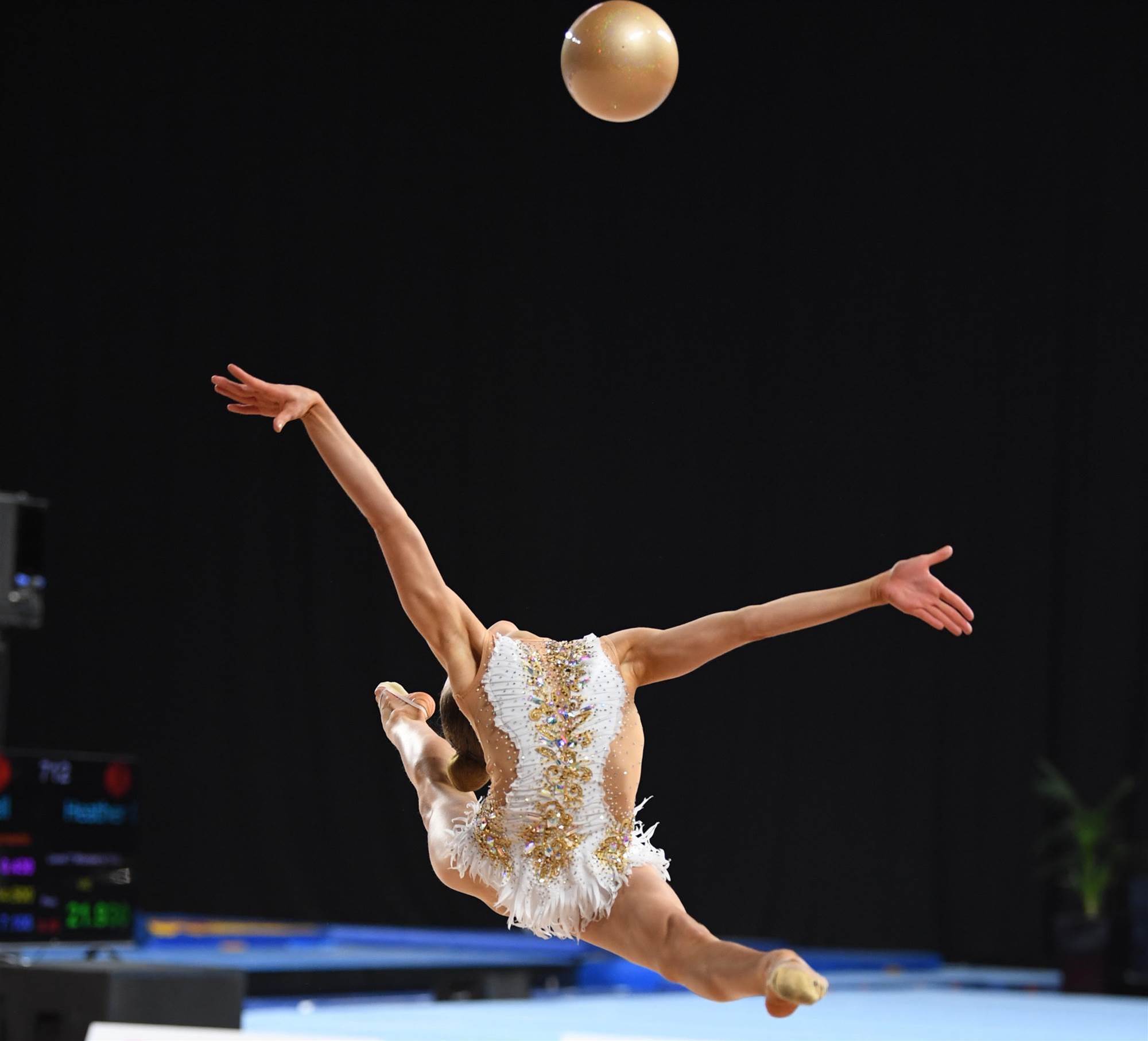
Despite registering scores in her junior competitions that rank her in the upper echelons of Australian seniors, Saskia will have to bide her time to climb to the top of Australia’s gymnastics tree.
“Next year there won’t be a lot of big opportunities,” she says. “I’ll be a senior and there are a lot of people who have already been senior rhythmic gymnasts for a long time.
“But I want to be ready by the Commonwealth Games, and then the Paris Olympics.
Time is on her side. The one event she has her eyes firmly set on is five years away and by the time she’s 20-years-old, she’ll already have a lifetime of experience to draw on.
“I’m confident because nerves don’t get the better of me at big competitions,” she beams.
“I’m always really nervous. But I’m even more excited.”
Related Articles

Matsuyama heartbroken by missing Olympic medal chance
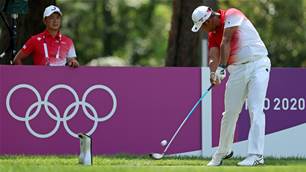
Ogilvy: “Not many work harder than Hideki.”
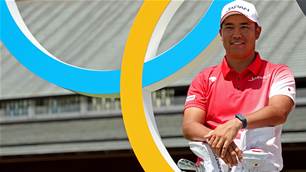
.jpg&h=600&w=850&c=0&s=1)





